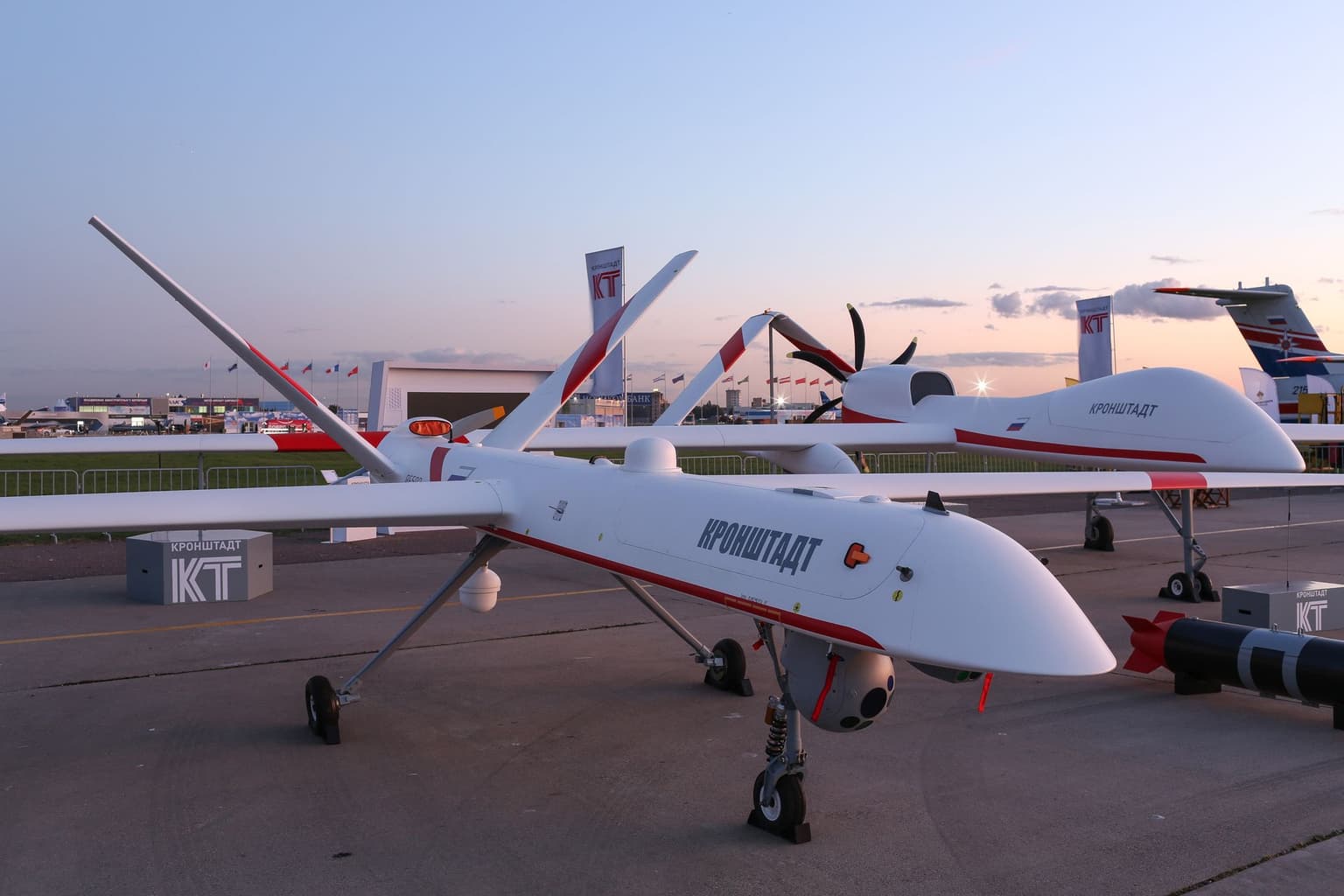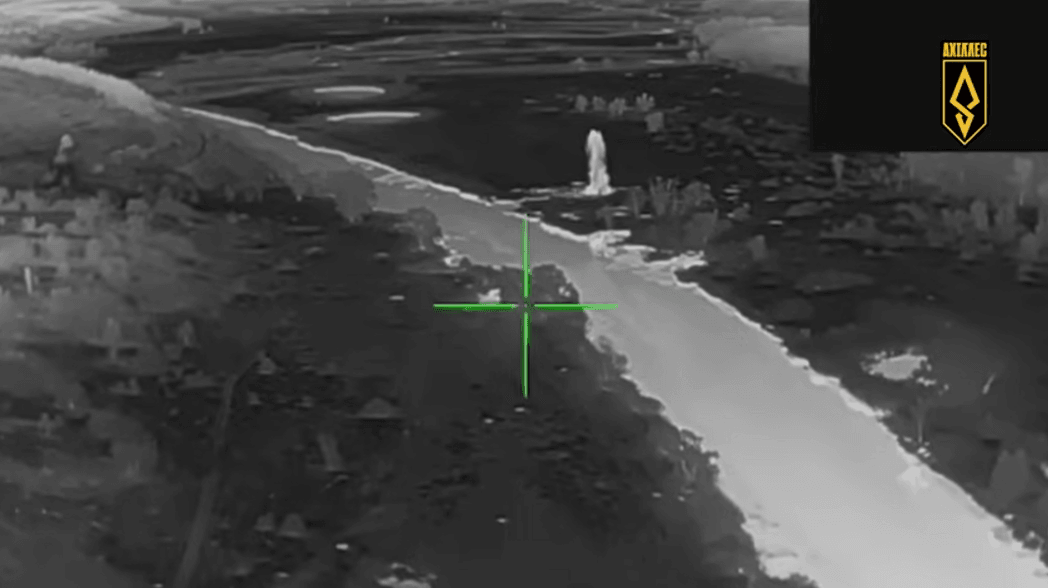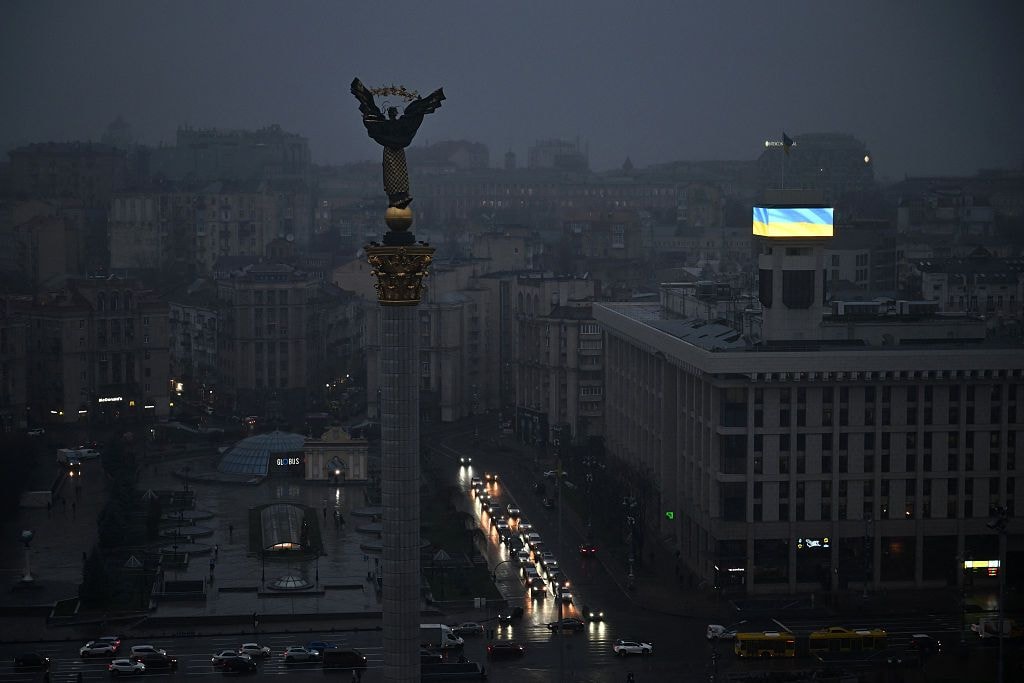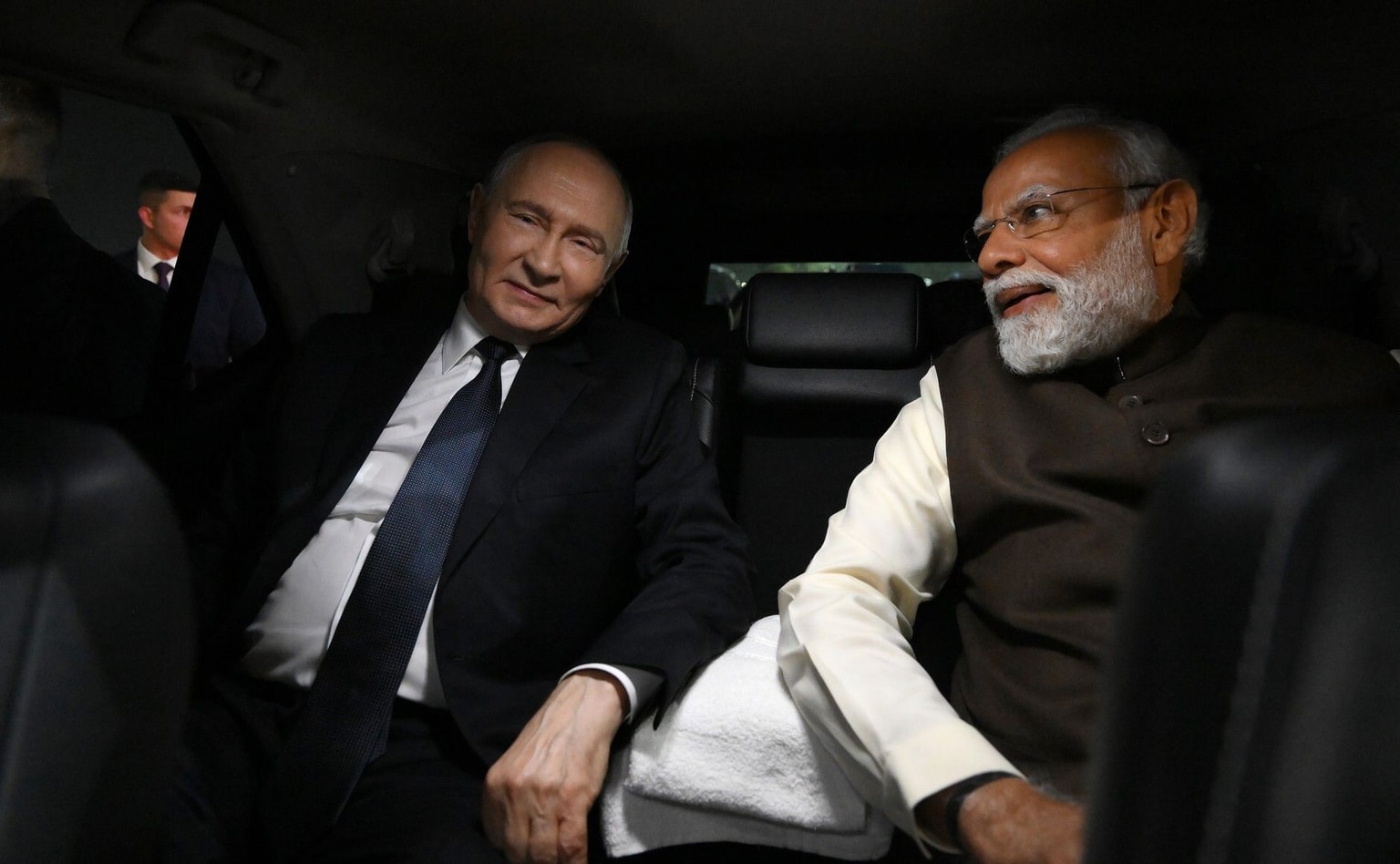Under the hood, Russia’s 'Reaper' drone copy is shockingly American

Russia’s 1-ton knock-off Reaper drone is loaded with American electronics, according to the latest Ukrainian intelligence assessment.
On Nov. 5, Ukraine’s military intelligence (HUR) published a breakdown of Russia’s "Orion," a massive unmanned aerial vehicle primarily used for monitoring the high seas, which can carry up to 250 kilograms of explosives.
Built by Kronshtadt, the Orion is an approximate equivalent to the U.S. Reaper drone, with similar external design and curves. Despite Russian military officials touting the Orion’s deployment in Syria, the drone only first saw mass production around the start of Russia’s full-scale invasion.
The Orion was set to be Russia’s flagship unmanned vehicle until that position was usurped by Iranian-designed Shaheds, whose production Russia brought to its Alabuga factory in 2023.
HUR listed 43 Russian companies that manufacture the various gadgets that comprise the Orion, noting in an announcement that "a third of them are not under sanctions by any of the nations of the sanctions coalition."
The more complex parts are mostly produced by Russian manufacturers, but there is a catch — their underlying microchips and processors are heavily sourced from Western producers in general, and U.S. makers in particular.
Electronics from Motorola, AMD, Texas Instruments, Analog Devices and Maxim figured particularly heavily in the Orion’s internal schematics.
This persists despite sanctions intended to prevent such electronics from entering Russia’s defense industry.
It’s a problem that has long bedeviled U.S. policy makers. A Senate subcommittee report last September showed that while exports of semiconductors and microchips to Russia collapsed following the 2022 invasion, exports to Turkey doubled.
Exports to neighbors like Georgia increased by a factor of 35; to Kazakhstan by a factor of 1,000 — figures widely seen as evidence of third-nation sanction busting.
For Ukrainians, the solution is enhanced tracking of the individual units sold.
"Follow the contracts," Ukrainian parliament member Volodymyr Ariev told the Kyiv Independent.
"Obligate companies to mark exports with unique numbers and to try to trace their products."










